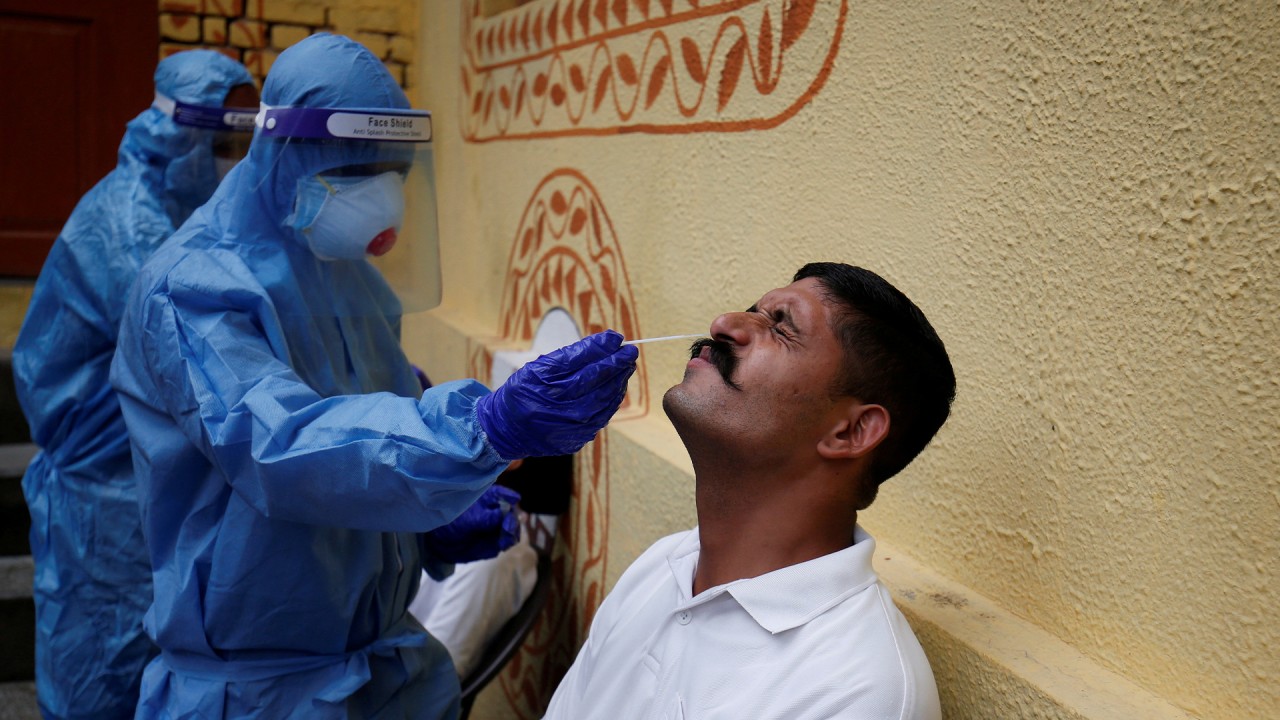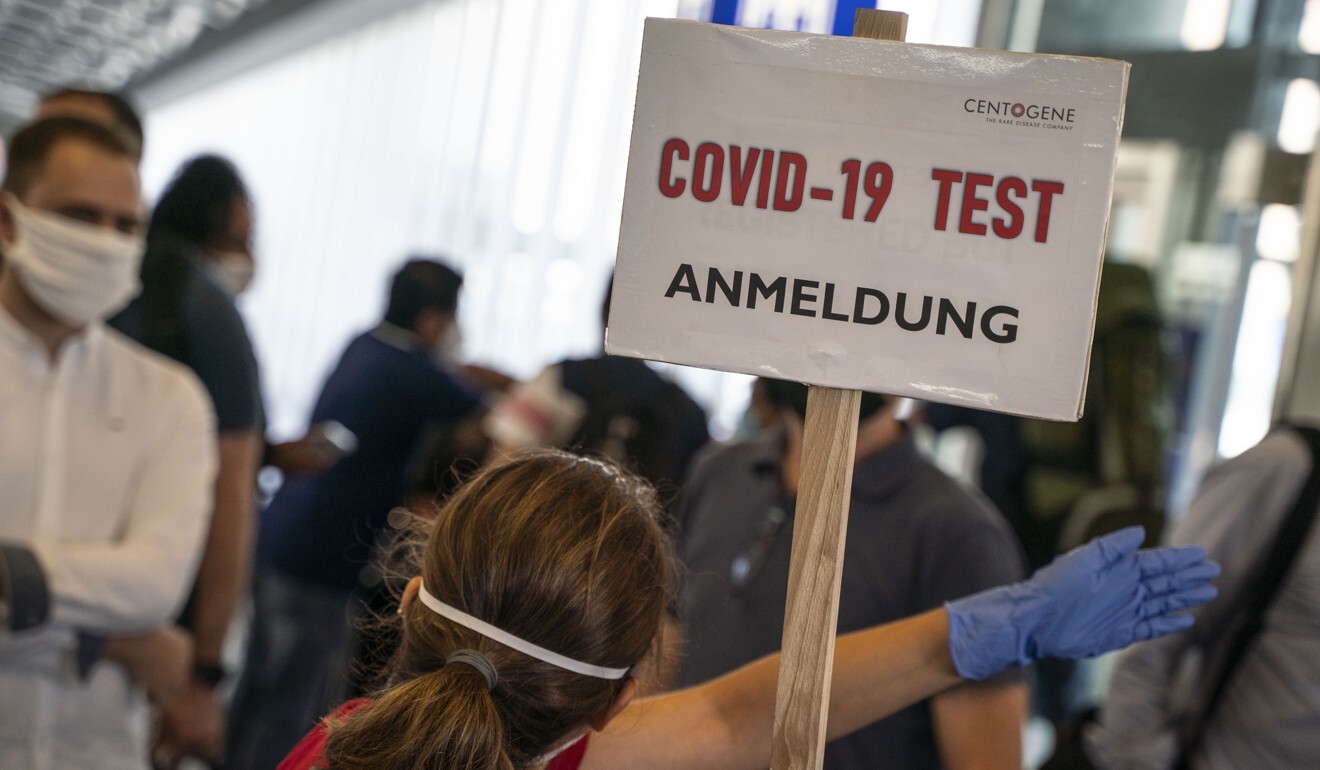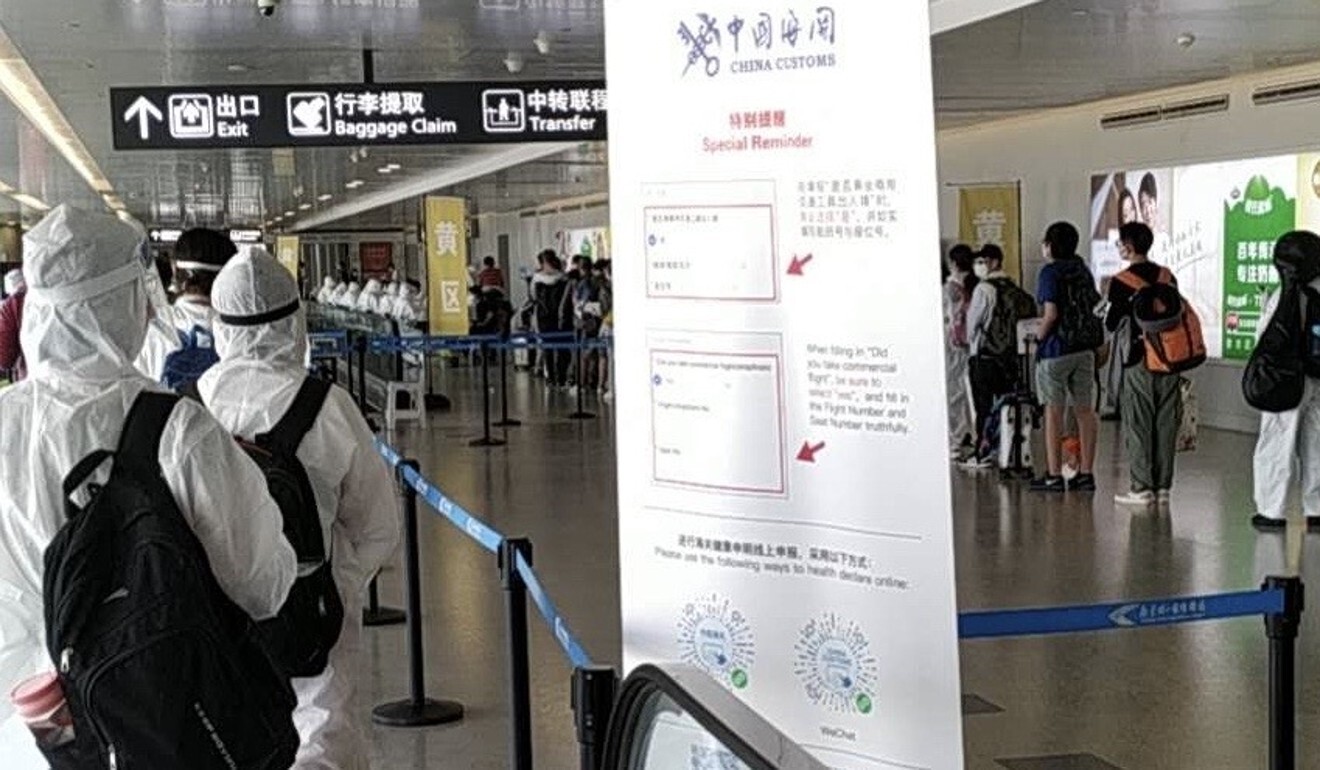
Stranded Chinese in India are going home via Europe, at almost 10 times pre-pandemic cost
- An estimated 2,000 Chinese nationals remain in the world’s third-worst hit country for Covid-19, even as China-India ties rapidly deteriorate
- With no direct flights back home and only limited numbers of seats on planes chartered by the embassy, some are being forced to take the long way round
It was never going to be an easy journey, but Li missed his wife and 11-year-old son. “I used to return home every 90 days – this time it had been too long,” he said. “My wife was having a hard time taking care of the family by herself.”

Coronavirus infections surge in rural India as nation adds 1 million new cases in less than a month
Although the factory he was working at began to restart operations in a limited capacity from mid-May, Li opted to work from home out of fear of infection and mostly stayed indoors, biding his time.
“We were armed to the teeth on the flight from Chennai to Mumbai,” he said, referring to the head-to-toe personal protective equipment that he and the 29 colleagues he was travelling with were wearing.
“But after reaching Frankfurt, people stopped wearing protective suits and only kept masks on.”

Despite the ordeal, which also included an earlier overnight stay in Mumbai in anticipation of flight delays or cancellations, Li said he feels fortunate to have made it back home.
Not only because he will get to see his family and enjoy his favourite meal of Langfang-style dumplings – once he is out of quarantine – but also because in the days since he arrived back in China, tightened regulations requiring travellers from Germany to have had a negative coronavirus test before departure have been introduced, upending other travellers’ plans.
Then there is the question of price. Li’s tickets were paid for by his employer, but other stranded Chinese may not be able to afford the sky-high airfare – with the cost of travelling between India and China having increased by as much as 10 times since the start of the year, thanks to the roundabout routes travellers are being forced to take.

One businessman, who only wanted to be known as Alan, said he had paid some 23,000 yuan (US$3,325) to fly from New Delhi to Shanghai via Paris on August 16. Even the chartered flight from India in June that had been organised by the Chinese embassy cost passengers about 10,000 yuan each.
A Chinese worker in Chennai who did not want to be named told of how he had been forced to live one month to the next, never knowing if the authorities would keep renewing his visa.
“I have applied four times for visa extensions so far and they only approve for one month every time,” he said. “I am still waiting for my ticket [home].”

